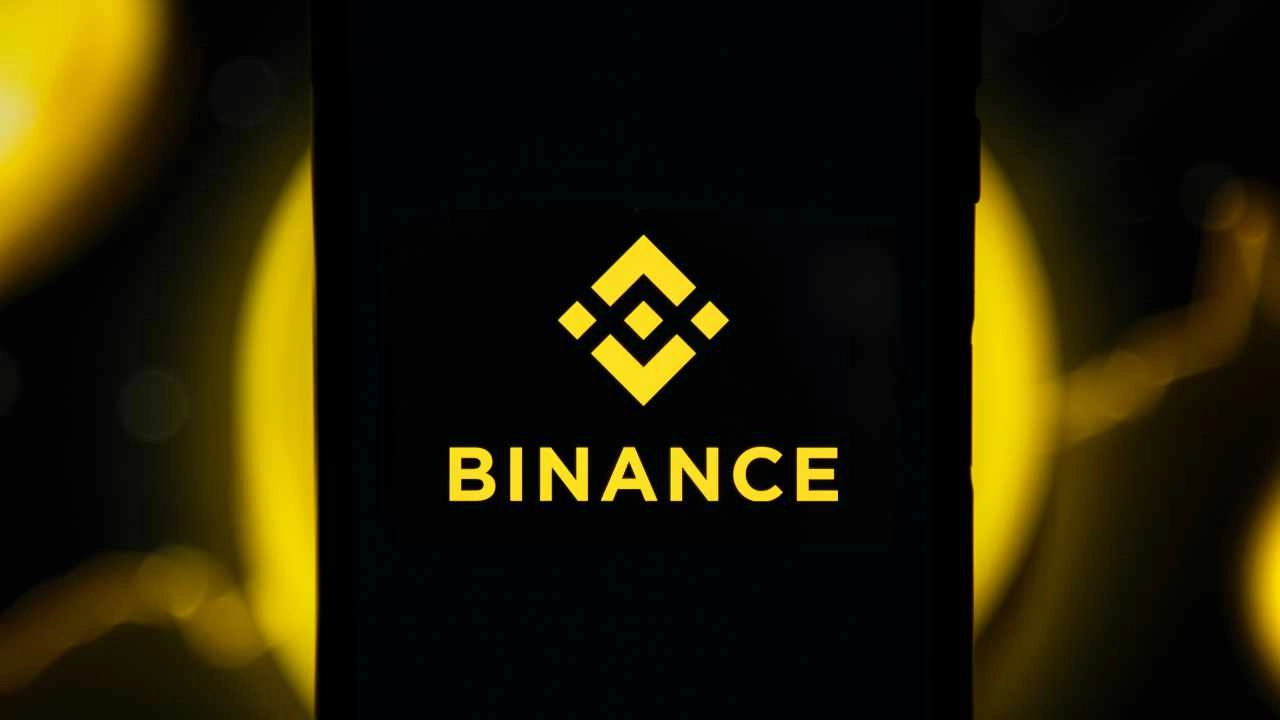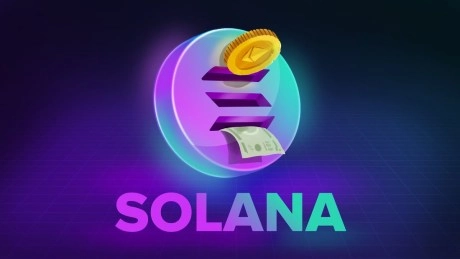Binance’s alleged ties to a Trump-backed crypto venture are igniting Washington, as Senate Democrats demand urgent answers on regulatory rollbacks and covert Treasury dealings.

Treasury Pressured to Expose Binance Ties to Trump’s Crypto Venture
The U.S. Senate Committee on Banking, Housing, and Urban Affairs announced on May 9 that five Democratic Senators had sent a letter to Treasury Secretary Scott Bessent and Attorney General Pam Bondi demanding answers about federal oversight of Binance following the exchange’s 2023 guilty plea and settlement.
Led by Senators Chris Van Hollen, Elizabeth Warren, Richard Blumenthal, Sheldon Whitehouse, and Mazie Hirono, the letter scrutinizes alleged recent meetings between Binance executives and administration officials, expressing alarm over potential backtracking on legally mandated compliance obligations. The inquiry also highlights concerns over possible links between the cryptocurrency exchange and the Trump family’s new crypto venture, World Liberty Financial.
The lawmakers opened their letter with a direct expression of concern:
We are writing with concerns about recent reports of meetings between Binance executives and officials from the Treasury Department.
They continued: “According to the Wall Street Journal, the discussions concerned the company’s compliance obligations set in place following Binance’s 2023 guilty plea and settlement in federal court on charges of money laundering, operating an unlicensed money transmitting business, violating U.S. sanctions laws, and failing to prevent and report suspicious transactions with terrorist groups, including Hamas and ISIS. Our concerns about Binance’s compliance obligations are even more pressing given recent reports that the company is using the Trump family’s stablecoin to partner with foreign investment companies.”
The Senators voiced further alarm about reported efforts by Binance to reduce regulatory scrutiny:
As the Administration loosens oversight on an industry where bad actors have violated money laundering and sanctions law, it is not surprising that Binance, which has admitted to prioritizing its own growth and profits over compliance with U.S. law, would seek to roll back the oversight required by its settlement.
The 2023 plea agreement requires Binance to exit the U.S. market and submit to multi-year supervision by independent monitors selected by the Financial Crimes Enforcement Network and the Department of Justice. Former CEO Changpeng Zhao (CZ) also pleaded guilty and received a four-month prison sentence.
Concerns have intensified with recent reports that the Trump family is financially intertwined with Binance’s operations. The Senators cited information suggesting that Binance may be leveraging the Trump-backed stablecoin USD1 to facilitate new partnerships with foreign investment firms.
In light of these developments, the Senators demanded details about the Treasury and Department of Justice’s actions to uphold Binance’s settlement terms, the status of its U.S. exit, and any communications involving a potential pardon for Zhao or discussions about USD1. While critics of crypto argue the administration is undermining enforcement, others warn that overly aggressive regulation risks stifling American leadership in blockchain innovation.
Bitcoin Bull Cycle Isn’t Over—Top Analyst Sees Institutional Tsunami
Explosive institutional demand and surging ETF inflows have shattered legacy market models, triggering a dramatic reversal from a top analyst and setting the stage for bitcoin’s next breakout.

Massive Institutional Demand Forces Top Analyst to Flip on Bitcoin Bull Cycle
Bitcoin’s resilience in recent weeks has prompted a sharp change in outlook from one of the crypto industry’s most followed analysts. Ki Young Ju, founder and CEO of onchain analytics platform Cryptoquant, reversed his earlier bearish position and acknowledged that institutional inflows are significantly reshaping the landscape. On May 9, he wrote on social media platform X:
Two months ago, I said the bull cycle was over, but I was wrong. Bitcoin selling pressure is easing, and massive inflows are coming through ETFs.
The revised view reflects what Ju sees as a fundamental transformation in bitcoin’s market structure. He described the old market dynamics as predictable and driven by cyclical sell-offs from major holders. “In the past, the bitcoin market was pretty simple. The main players were old whales, miners, and new retail investors, basically passing the bag to each other. When retail liquidity dried up and old whales started cashing out, it was relatively easy to predict the cycle peak. It was like a game of Musical Chairs—everyone tried to cash out at once, and those who didn’t ended up stuck with their holdings.” The analyst emphasized that such patterns allowed for clearer timing of market tops, especially during peak retail involvement.
He explained that now the bitcoin market is being shaped by a wider range of participants, rendering previous models outdated. The market has become more diverse, with exchange-traded funds (ETFs), Microstrategy (Nasdaq: MSTR), institutional investors, and even government agencies considering buying BTC.
The Cryptoquant CEO noted that in the past, profit-taking cycles began when whales sold at market peaks, triggering widespread sell-offs and price declines. According to him, this dynamic has changed, requiring a move away from traditional cycle theories. He said new and uncertain sources of liquidity and trading volume indicate a shift as the bitcoin market increasingly integrates with traditional finance (TradFi). The executive opined:
Now, instead of worrying about old whales selling, it’s more important to focus on how much new liquidity is coming from institutions and ETFs since this new influx can outweigh even strong whale sell-offs.
Despite the optimism, he still offered a cautious take on the short-term outlook: “Honestly, I still think the market is sluggish while absorbing new liquidity. Most indicators are hanging around the borderline. It doesn’t feel like a clear bullish or bearish market right now. Of course, the recent price action is extremely bullish, but I’m talking about the profit-taking cycle.”
Tags in this story
Image Credits: Shutterstock, Pixabay, Wiki Commons



